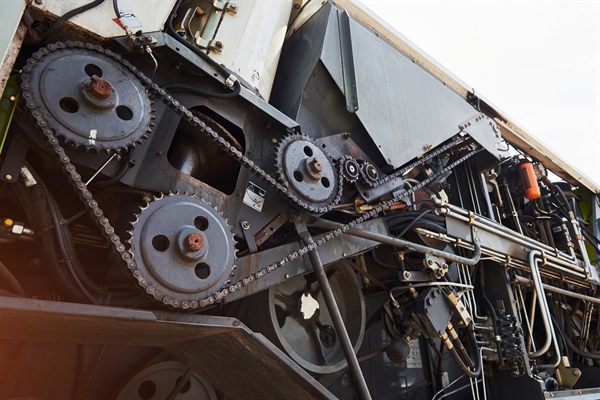
Understanding Machinery Hazards
Before discussing safety practices, it’s crucial to recognise the common hazards associated with machinery:
- Mechanical Hazards: Moving parts, rotating equipment, sharp edges, and pinch points.
- Electrical Hazards: Faulty wiring, inadequate earthing, or exposed live parts.
- Operational Hazards: Errors during use, lack of training, or unauthorised modifications.
- Environmental Hazards: Poor lighting, slippery floors, or obstructed workspaces.
The Importance of Safe Machinery Use
Unsafe machinery operation can lead to:
- Injuries: Cuts, burns, fractures, or amputations.
- Fatalities: Serious incidents resulting from entanglement or crushing.
- Downtime: Equipment damage and production delays.
- Legal Consequences: Fines or penalties for non-compliance with safety regulations.
Key Principles for Safe Machinery Use
1. Conduct Risk Assessments
A thorough risk assessment should:
- Identify potential hazards associated with each piece of machinery.
- Evaluate the likelihood and severity of accidents.
- Develop control measures to mitigate risks.
2. Implement Safeguarding Measures
Effective safeguarding minimises exposure to hazardous parts and prevents accidents:
- Guards: Install fixed, interlocked, or adjustable guards to shield workers from moving parts.
- Safety Devices: Use emergency stop buttons, light curtains, or pressure-sensitive mats to halt machinery during emergencies.
- Barriers: Erect physical barriers to keep unauthorised personnel away from machinery.
3. Provide Adequate Training
Operators must be trained to:
- Understand the machine’s operation, capabilities, and limitations.
- Recognise hazards and follow safe work procedures.
- Conduct routine inspections and report defects.
- Use personal protective equipment (PPE) appropriately.
4. Follow Proper Lockout/Tagout (LOTO) Procedures
LOTO procedures are critical during maintenance or repair:
- Lockout: Isolate energy sources and secure machinery with locks to prevent accidental start-up.
- Tagout: Attach tags to indicate that the equipment is out of service.
- Always verify that energy sources are fully deactivated before commencing work.
5. Maintain a Clean and Organised Workspace
- Keep floors dry and free of debris to prevent slips and trips.
- Ensure tools and materials are stored securely and not obstructing walkways.
- Maintain proper lighting around machinery for better visibility.
6. Regular Maintenance and Inspections
Preventive maintenance ensures machinery operates safely and efficiently:
- Follow manufacturer’s guidelines for servicing intervals.
- Inspect components such as belts, gears, and electrical systems regularly.
- Replace worn or damaged parts immediately to avoid malfunctions.
7. Use Personal Protective Equipment (PPE)
Depending on the machinery and tasks involved, workers may need:
- Safety glasses or goggles.
- Ear protection for noisy environments.
- Gloves resistant to cuts or chemicals.
- Steel-toed boots for foot protection.
Emergency Preparedness
Despite precautions, emergencies can still occur. Be prepared by:
- Establishing and practicing emergency response plans.
- Ensuring easy access to first aid kits and fire extinguishers.
- Training workers to respond to incidents, such as shutting down machinery or assisting injured colleagues.
Legal and Regulatory Compliance
Adherence to workplace safety regulations is non-negotiable. Depending on your location, you may need to follow guidelines such as:
- PUWER (Provision and Use of Work Equipment Regulations 1998) in the UK.
- OSHA (Occupational Safety and Health Administration) Standards in the US.
- These regulations mandate proper training, risk assessments, and maintenance protocols for machinery.
Promoting a Safety Culture
A safe workplace starts with a safety-first mindset:
- Encourage employees to report hazards or unsafe practices without fear of blame or ridicule.
- Conduct regular safety audits and meetings to reinforce best practices.
- Recognise and reward adherence to safety protocols.
Conclusion
The safe use of machinery is a shared responsibility that requires vigilance, training, and adherence to established protocols. By implementing robust safety measures and fostering a culture of accountability, employers can minimise risks and create a secure working environment.
Remember, prevention is the best cure. Prioritise safety to protect your workforce and maintain operational excellence.
TTFN!